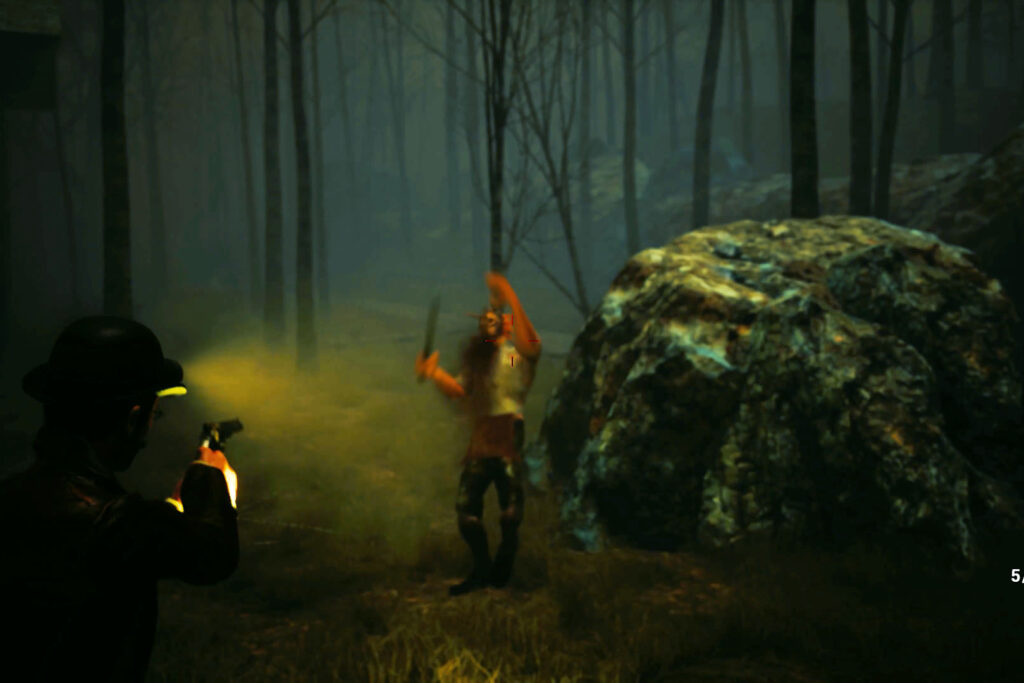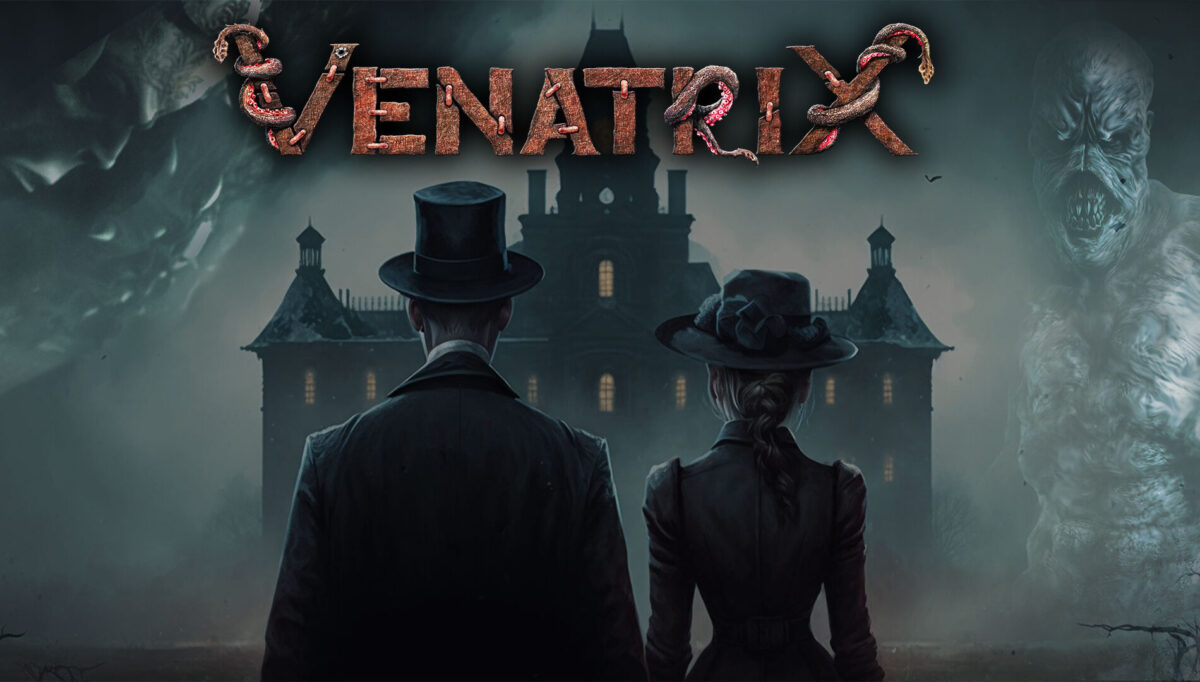Venatrix sounded like an ambitious project from start, even on the paper. As indie developers, we are always accustomed to be cautious of anything deemed “ambitious”.
We always wanted to give the freedom of experiencing the story from two different main characters’ perspective and given the Venatrix’s background lore, which is late Victorian-times, laying the foundations of a narrative structure for having two protagonists. One “Matthew, no-nonsense brave investigator who relies on his gun tactics and sharp wit” and another, “Della, seemingly Victorian tea-room lady on the surface but a social-norm challenger inside”, proved to be difficult yet fruitful.

As a result, we had to develop two “playing styles” since we really wanted to remain faithful to the background-lore we have created.
Right after the introduction chapter, Matthew finds a pistol, unsurprisingly, to get him prepared the perils lurking ahead. He immediately grabs the pistol as if this was the moment he was waiting for and he is already craving for more ammo.
When played the same level, this time from Della’s perspective, she sees the same pistol, in the exact same spot where Matthew picked it up, she wisely comments “What’s the point of a gun, if you can’t shoot the monsters in your head?” and leaves the gun there.

Matthew is the action-hero, whereas Della is the stealth-vixen, that was the polar-opposite of our main-character structure for the narrative design of Venatrix.
Thus, we realized our challenge would go deeper than the usual matrix of a “game design document”.
Matthew’s gameplay will ring more familiar bells with the horror-gaming crowd. You grab your weapon, explore around for clues and ammo, solve puzzles and survive. However, we wanted to stay true to the spirit of Della’s character, when we wanted to design the gameplay from her point of view. Having released a few “stealth-horror” titles in the past and that genre being our favorite as a gamer, it was a no brainer for us to pinpoint Della’s gameplay features as “first-person psychological game with stealth mechanics.”

And thus began the challenge of balance for the entire game. We wanted to give the players the choice between either characters at the start of the each chapter to give them the bold-attempt to change between the course of progress. And since players have a choice of going full-action-blast with Matthew, we wanted to design the Della’s “stealth mechanics” in the old-school way, as much possible. This is what we believe is the true risk we were taking since most of the modern stealth games always have a “hold the gamer’s hand“ approach.
However, in Venatrix’s Della sphere, pure-old-fashioned stealth is the only game play catharsis you would get. And hopefully, in this way, gamers can focus on the duality aspect of our narrative design, how the entire story can be told in a totally different perspective when you switch characters during the progress of the game.
We always pride of ourselves, taking the less-travelled path since we believe we are truly indie-developers from both business and daily-practice aspects but we might be taking the risk-threshold a bit higher than usual this time. Perhaps, many gamers who would appreciate playing as Matthew would get bored after trying one or two chapters from Della’s point of view, thus leaving and crossing off the game without the full experience. But hey, maybe a project like Venatrix is the perfect example to introduce “pure stealth gameplay” to the “action-horror fans” and it is a bit of a burden on our shoulders as indie-developers-self-publishers to take such risks.

